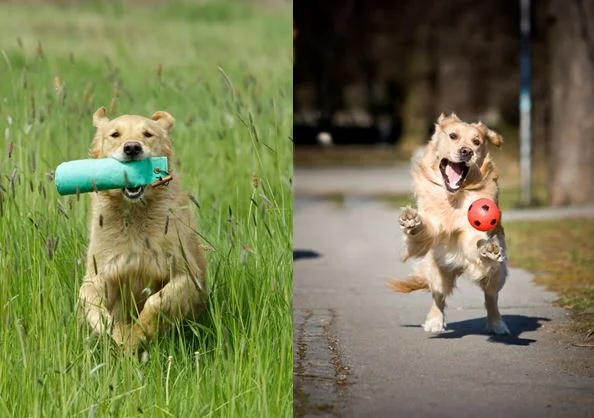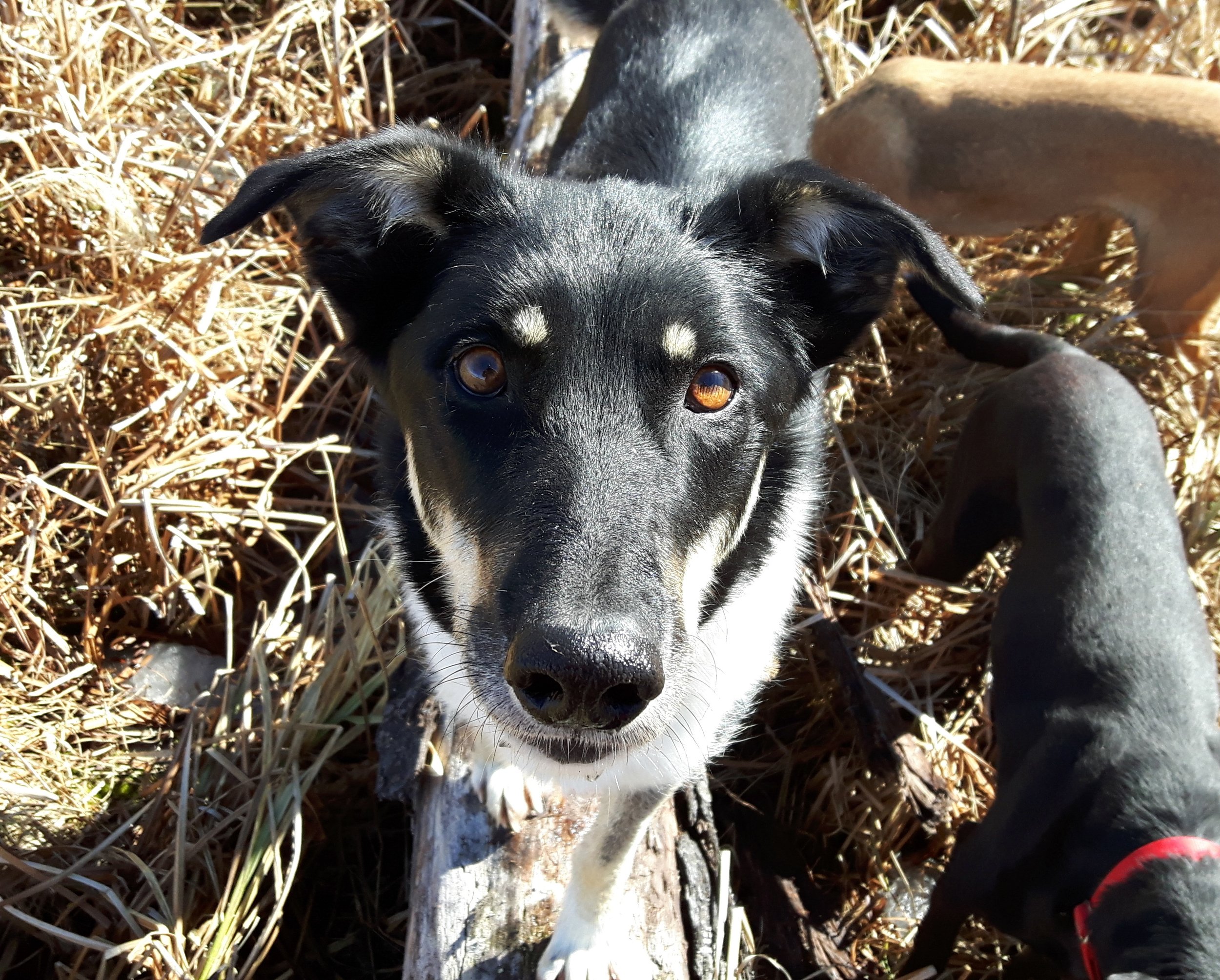A while ago I saw a dog training guide that recommended that someone put a shock collar on their puppy and then hold down the shock button (that is, the button that causes a painful electric current to run through a dog’s neck), while simultaneously pushing on the puppy’s back end until the puppy sat. Once the puppy sat, the button on the shock collar should be released, according to this dog training guide, which was given to real actual people with a real actual puppy. This guide wasn’t from the Byzantine era, either, where toga-wearing and torture was de rigueur. It was from this year.
This is what a Mischa looks like when a Mischa sits.
To train a dog to sit, I coach my clients thus. You hold a delectable morsel of food on your dog’s nose, something which your dog will love, something which will make your dog so happy and gleeful and delighted to be around you that their face will show the open-mouthed joy, the sparkling eyes, that very essence of happy dog. With this food, you lure your dog’s nose up and back in a bit of an arc. Most dogs will follow this arc, they’ll follow the morsel of food with their special doggie noses, and settle their back ends onto the ground. After a few repetitions, the lure is “faded”, although the reinforcement of the treat-after-sitting continues…and presto, you have a sitting dog.
Both ways of training use consequences, which is a useful bit of dog training jargon that means “something that comes after the dog behaves, and which influences their behaviour.” Consequences matter, as you’re always telling your eye-rolling teens. And you’re right: consequences matter, and for dog training too.
The treat way? This way uses the release of the treat as the consequence, right into the dog’s smiling mouth. That treat is like the paycheque that keeps you heading back to the office, day after day. That treat is like the slice of pizza, that keeps you heading back to the refrigerator, for that one last slice (just one more) before bed. That treat means your dog is more likely to sit in the future. This bit o’ training is known as positive reinforcement, and is the go-to technique for modern dog trainers.
So, that other way? The way that those poor puppy owners were sold whole cloth (the guide included recalls too, trained with continuous electric shock, and who knows what else)? The way those poor puppy owners were sold as required to train their puppy to sit? In that way, the pup earns “relief from pain”. That puppy will learn that if he sits, the painful shock will end. At some point, the puppy will learn that he can avoid the shock by sitting when he hears the cue (until of course, the owner wants to train the dog to do something else).
However, just like the need for positive reinforcement continues forever (you don’t keep going in to the office after the company goes belly up and the paycheques stop, and dogs, using the very same logic, don’t keep doing the work of sitting unless there’s a reason), the need for electric shock or the looming threat of it continues forever, too. The “relief-from-pain” type of learning is known by the unfortunately obfuscating label of negative reinforcement, but don’t let the R word there fool you. The thing that motivates the dog is the painful experience.
So if credentialed dog trainers are good at using positive reinforcement, which we really, really are, and if positive reinforcement has a surfeit of evidence about its usefulness and safety, which it really, really does, then why would someone be getting the advice to continuously shock their puppy in order to train him to sit? And if credentialed dog trainers are good at using positive reinforcement, which we really, really are, and if shock collar training has a surfeit of evidence about its danger and negative, potentially life-long side-effects, which it really, really does, then why would someone be getting the advice to continuously shock their puppy in order to train him to sit?
This is why I’m angry today. If anyone, at any point, tells you that a shock collar is a required part of training, they’re trying to sell you a bill of goods. And if anyone told you before today that a shock collar is a required part of training, and they sold you that bill of goods, then you can get angry too. Some days, for some stuff, it’s the only way to feel.































